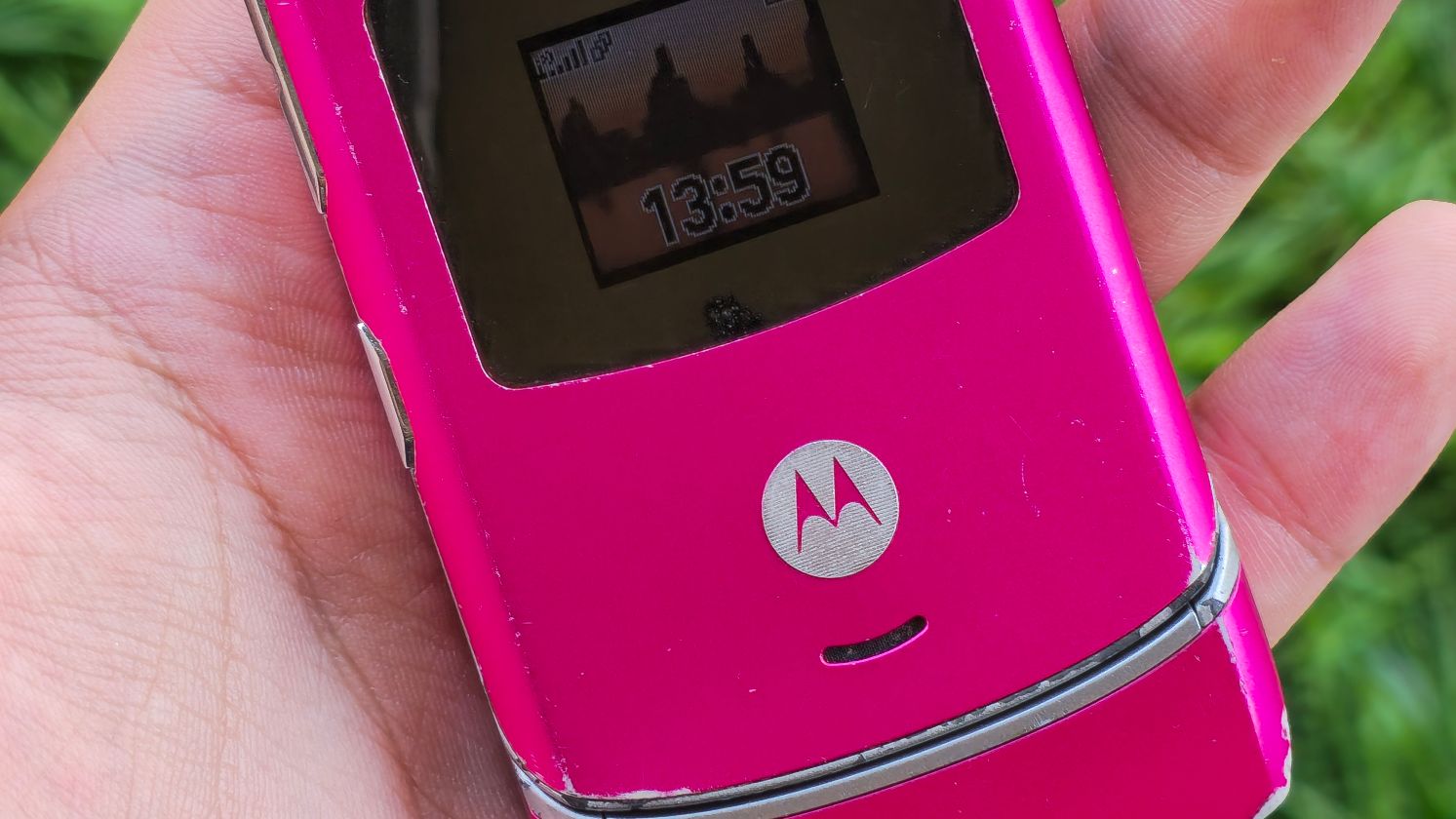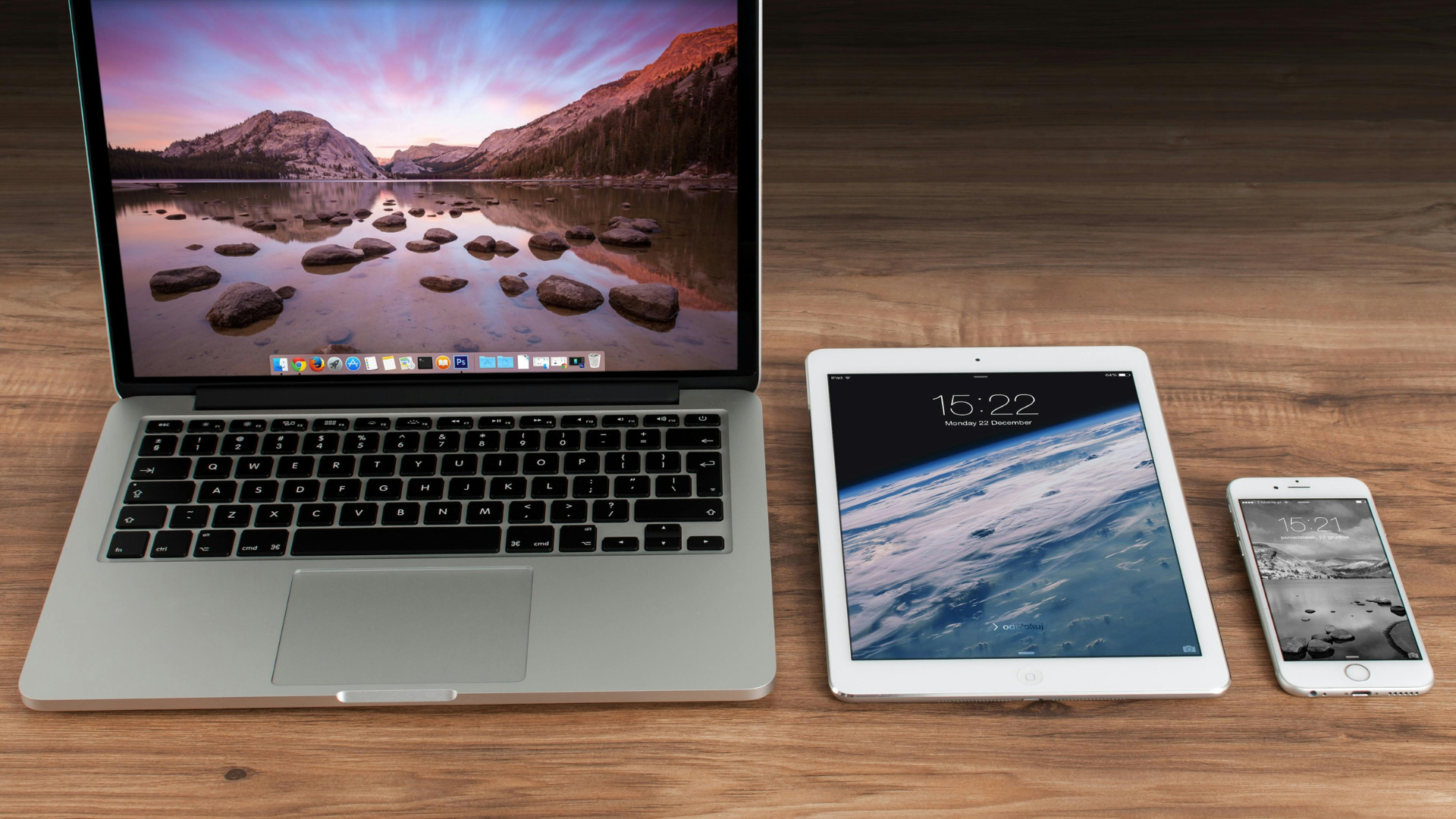The Rise Of A Modern Classic
Remember when the first iPhone dropped and everything about phones suddenly felt outdated? Apple didn't invent the touchscreen, but they made it impossible to ignore. That sleek rectangle changed how we communicate, work, and move through daily life. Each new model brought features we didn't know we needed until they became essential. Let's trace how Apple evolved its flagship device and reshaped the entire mobile phone landscape.
1. Introduction Of Multi-Touch Technology
Before 2007, phone interfaces were limited to single-touch input. The first iPhone completely changed that by introducing capacitive multi-touch—the first ever on a phone. This breakthrough made pinch-to-zoom and swipe possible, setting a new standard for how smartphones should feel and respond.
 Ed Schipul from Houston, TX, US on Wikimedia
Ed Schipul from Houston, TX, US on Wikimedia
2. Transition From 3G To 5G Connectivity
Critics mocked the first iPhone for having only 2G, while others offered 3G. But Apple’s slow, steady upgrades proved brilliant. The iPhone 3G quieted doubters, and by the iPhone 12’s 5G launch, Apple had completely reshaped mobile connectivity through smart, patient evolution.
3. Advancements In Camera Systems
The iPhone’s camera story began humbly with a 2-megapixel rear camera and no photo sharing. As updates rolled out, new features and quality boosts arrived. The iPhone 11 Pro’s triple camera marked a major leap, which led to today’s 4K, professional-level photography.
 Photo By: Kaboompics.com on Pexels
Photo By: Kaboompics.com on Pexels
4. Expansion Of Display Sizes And Quality
Creating the perfect screen meant figuring out how to grow beyond the iPhone’s 3.5-inch display while keeping quality high. Apple’s upgrades—from 320x480 resolution to 6.7-inch OLED screens—culminated with Ceramic Shield, giving users brighter visuals and stronger protection in one smooth evolution.
5. Evolution From Physical Home Button To Full-Screen Design
Apple faced a design puzzle: expand screen space without making phones bulky. Adding Touch ID made the Home button smarter, but it still took up room. The iPhone X finally solved it. It removed buttons completely and introduced gesture controls for a full-screen experience.
6. Upgrades In Processing Power (A-Series Chips)
Battery life was a big issue for the first iPhone, forcing Apple to slow its 412 MHz processor. Through persistence, Apple built its own A-series chips, which were faster and delivered laptop-level performance while keeping power use impressively low.
7. Introduction Of The App Store Ecosystem
When the first iPhone launched, it could only run web apps. That all changed in July 2008 with the App Store’s debut alongside the iPhone 3G. The move created a digital marketplace that turned Apple’s phone into a global platform for innovation.
8. Advancements In iOS Software Features
Early iPhone users couldn’t even copy text or switch easily between apps. Over the years, iOS updates added tools like widgets, Dark Mode, and Focus features. What began as a basic multi-touch system became a complete, polished software experience for users worldwide.
9. Biometric Security
Passcodes once defined phone security, but Apple had a sleeker idea. Touch ID arrived in 2013, built right into the iPhone 5s Home button. Later, Face ID on the iPhone X used infrared cameras to map faces in 3D for effortless unlocking.
10. Improvements In Battery Efficiency
Early iPhones ran on a small 1400 mAh battery offering about eight hours of talk time. Apple refined power management over time, adding bigger batteries and wireless charging with the iPhone 8—a major convenience upgrade that made charging simpler than ever.
11. Water And Dust Resistance Enhancements
Few remember that the first iPhone offered zero protection against spills or dust. That shifted dramatically with the iPhone 7’s IP67 rating, Apple’s first water-resistant design. Today’s IP68 models can withstand up to six meters of water for half an hour.
12. Integration Of Augmented Reality Capabilities
When ARKit launched in 2017 with iOS 11, it completely changed iPhone app creation. Paired with advanced cameras and the iPhone 12 Pro’s LiDAR scanner, developers gained the tools to build striking augmented reality experiences that merge digital design with real-world spaces.
13. Emergency SOS And Crash Detection Features
When Apple unveiled the iPhone 14, it brought a new layer of safety with Crash Detection, a feature driven by a high-g accelerometer and precision gyroscope. It automatically detects severe car accidents, alerts emergency services, and shares your location. Manual Emergency SOS activation also became more accessible via button press.
14. Environmental And Sustainability Initiatives
Protecting the planet is now a key part of Apple’s iPhone strategy. Behind the scenes, Apple uses its Daisy robot to recover valuable materials from old iPhones. Factories use recycled parts, packaging is fiber-based, and operations run on clean energy—all pushing toward full carbon neutrality by 2030.
15. Expansion Of Storage Capacity
Storage, once capped at 4GB, now stretches to a massive 1TB on modern iPhones. As apps and videos grew larger, Apple expanded capacity and integrated iCloud to let users balance on-device storage with seamless cloud access across their devices.
 Pangkakit at Japanese Wikipedia on Wikimedia
Pangkakit at Japanese Wikipedia on Wikimedia
16. Improved Audio And Speaker Systems
Sound quality has come a long way since the first iPhone’s single speaker and headphone jack. The iPhone 7 introduced stereo sound for richer playback, and current models go further, offering immersive spatial audio that delivers theater-like clarity in your hand.
 Kārlis Dambrāns from Latvia on Wikimedia
Kārlis Dambrāns from Latvia on Wikimedia
17. Introduction Of MagSafe Technology
What started as a safety feature for MacBooks evolved into something much bigger. Apple reimagined MagSafe for the iPhone 12, using magnetic alignment for wireless charging and accessories like snap-on wallets, chargers, and sleek protective cases that attach effortlessly.
18. Introduction Of Dynamic Island And Notch Design
The iPhone X’s notch once sparked debate, but it paved the way for progress. Apple’s iPhone 14 Pro reimagined it as the Dynamic Island—an interactive space showing live updates like music playback, timers, or sports scores right within the display cutout.
19. Expansion Of Accessibility Features
Ever tried tapping the back of your iPhone to trigger shortcuts? That Back Tap feature shows how far accessibility has evolved from early zoom and VoiceOver tools. Modern iPhones now include sound recognition, voice control, and the 3GS-inspired screen reader for inclusive ease of use.
20. Focus On Privacy And Security Controls
As online privacy became a major concern, Apple made iPhone security a top priority. Earlier models used basic passcodes, but modern ones now include App Tracking Transparency, Mail Privacy Protection, and the Secure Enclave—keeping personal and biometric data safe within the device itself.
























